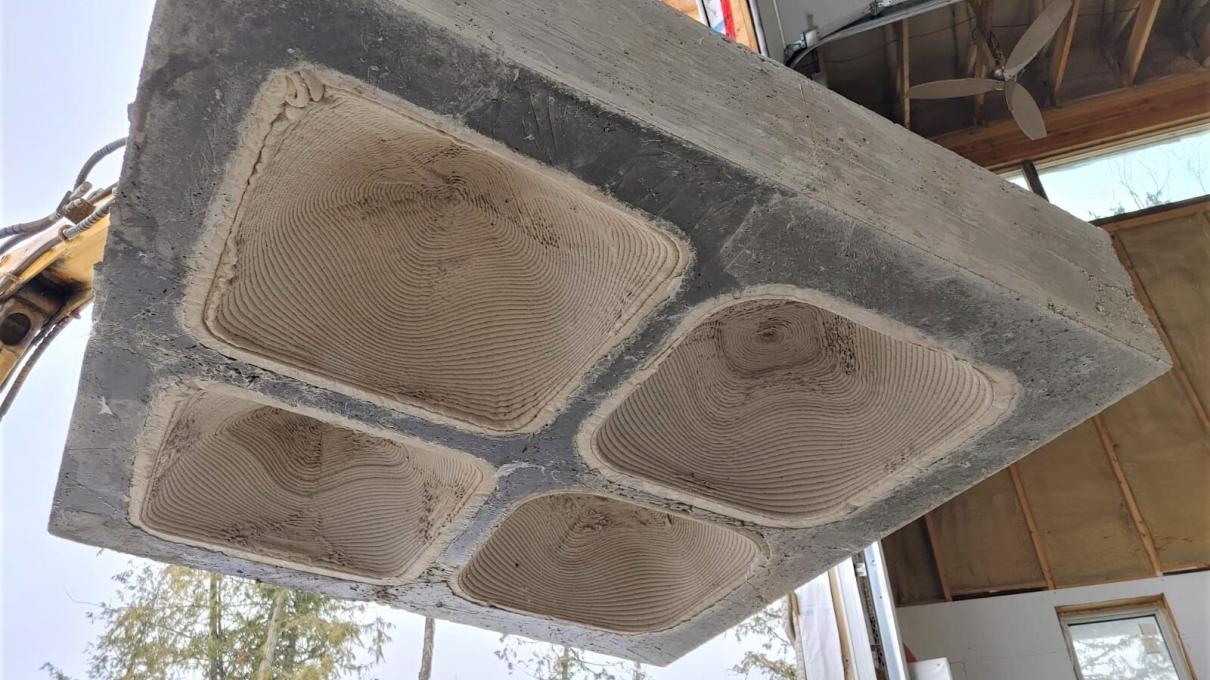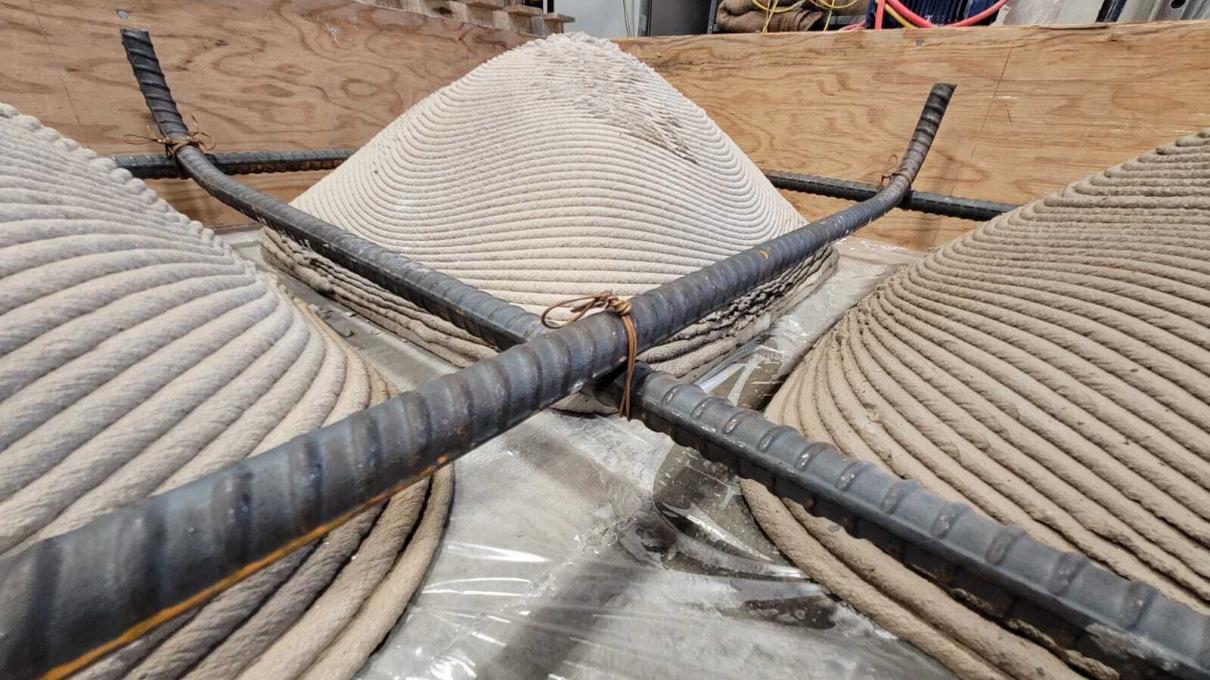Low-cost, safe, high-quality housing is a growing demand globally as populations expand and urbanize. In the Middle East and North Africa (MENA) region, reinforced concrete construction is typically being deployed to address this issue. However, conventional construction methods with this material are heavy and highly materially intensive, driving up costs, resource consumption, and carbon emissions. With emerging digital tools for optimized structural design, and new methods of advanced manufacturing and automated, roboticized construction, a new housing typology can emerge, that allocates reinforced concrete as a structural material in intelligent, lightweight configurations. Foundations, slabs, beams, and columns can all take on sculpted, optimized forms that use only the material necessary to carry load. The result is a substantial reduction in material consumption, cost, embodied energy and carbon emissions, seismic loads, foundation systems, and construction complexity. For example, previous and ongoing work by the PI and her research group in India have shown that structurally shaped one-way floor systems can reduce their mass by 50% and embodied energy by 60%-70% compared to a flat slab with the same load capacity. The goal of this proposed work is to apply and extend these design and construction methods to the MENA housing sector, in collaboration with Dar Group and other local partners.
This research looks at large-scale 3D printing processes to produce low-cost, reusable, but highly customized inserts for concrete formwork. Printed from recycled and recyclable thermoplastic material, these reusable inserts will allow for a modular, structurally optimized construction logic to be materialized at scale for minimal complexity over existing construction methods, and ideally reduced cost. Alongside this new fabrication strategy, the project will develop a new design tool to be used by housing.




